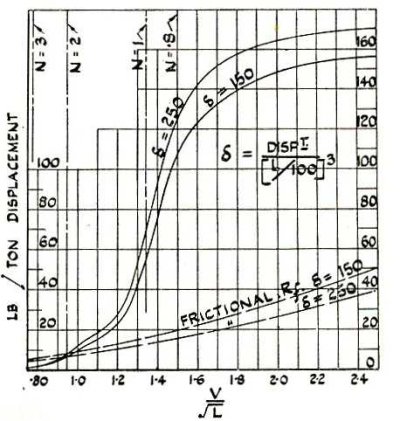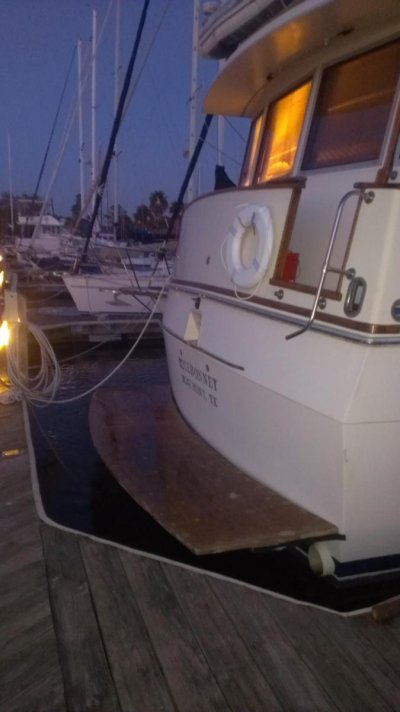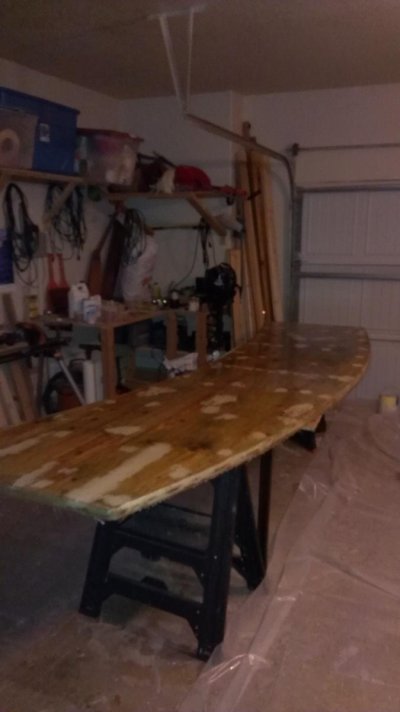BTW... relative to the freewheeling issue...
I recently had to replace the rudder reference for our autopilot, after only 4 years. We routinely did our Spring trolling on only one engine and using trolling valves to step down speed to approx. 2.5 kts... and there's lots of autopilot use in there... usually just using the "go straight" (maintain course) function. In some sea states and/or with some wind directions, the A/P was not always able to compensate under those conditions.
I have come to wonder (very recently) if autopiloting (?) on only one engine put a higher degree of strain on the rudder reference, causing its premature failure.
No way to tell, of course... although I'll probably usually troll on both engines from now on. At idle RPMs and in this scenario, the extra fuel burn is inconsequential...
Anyway, I throw that out there just in case it has any bearing...
-Chris



